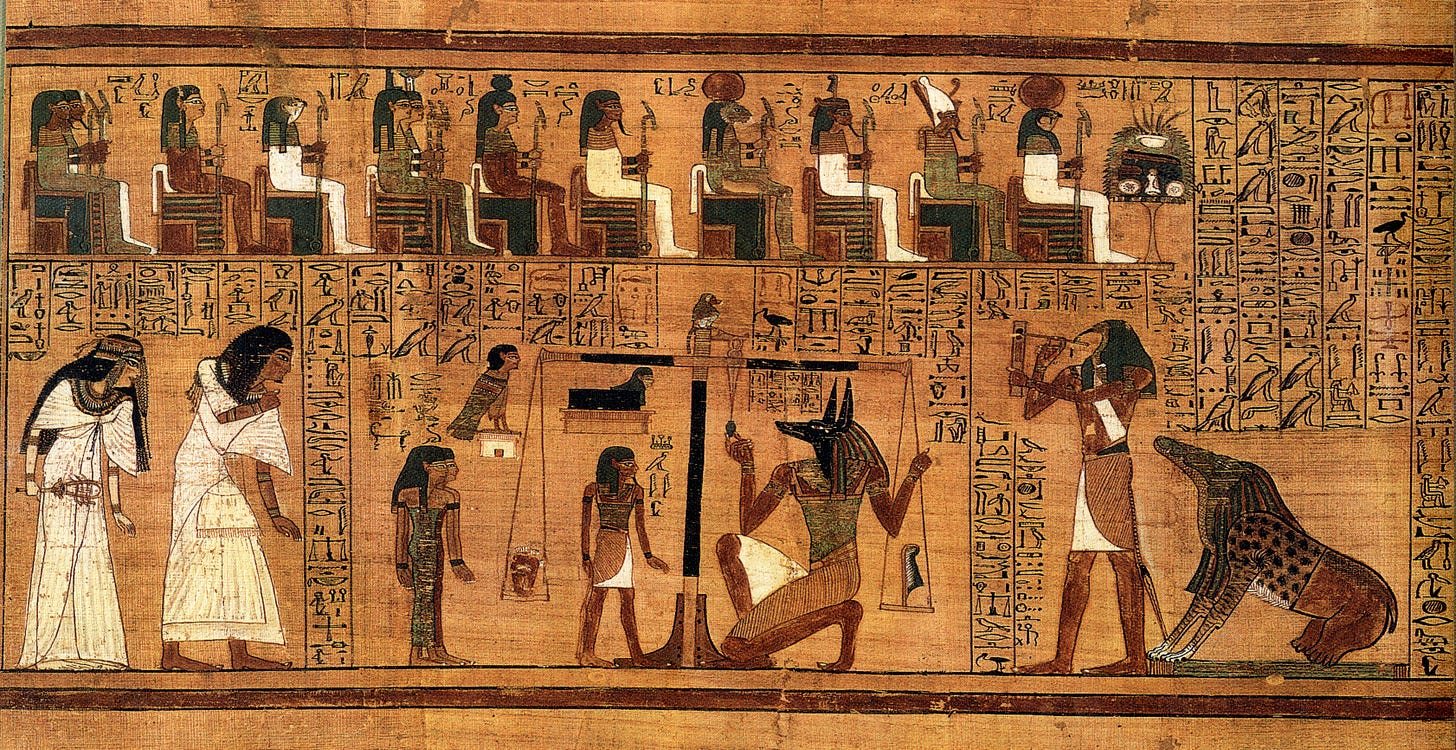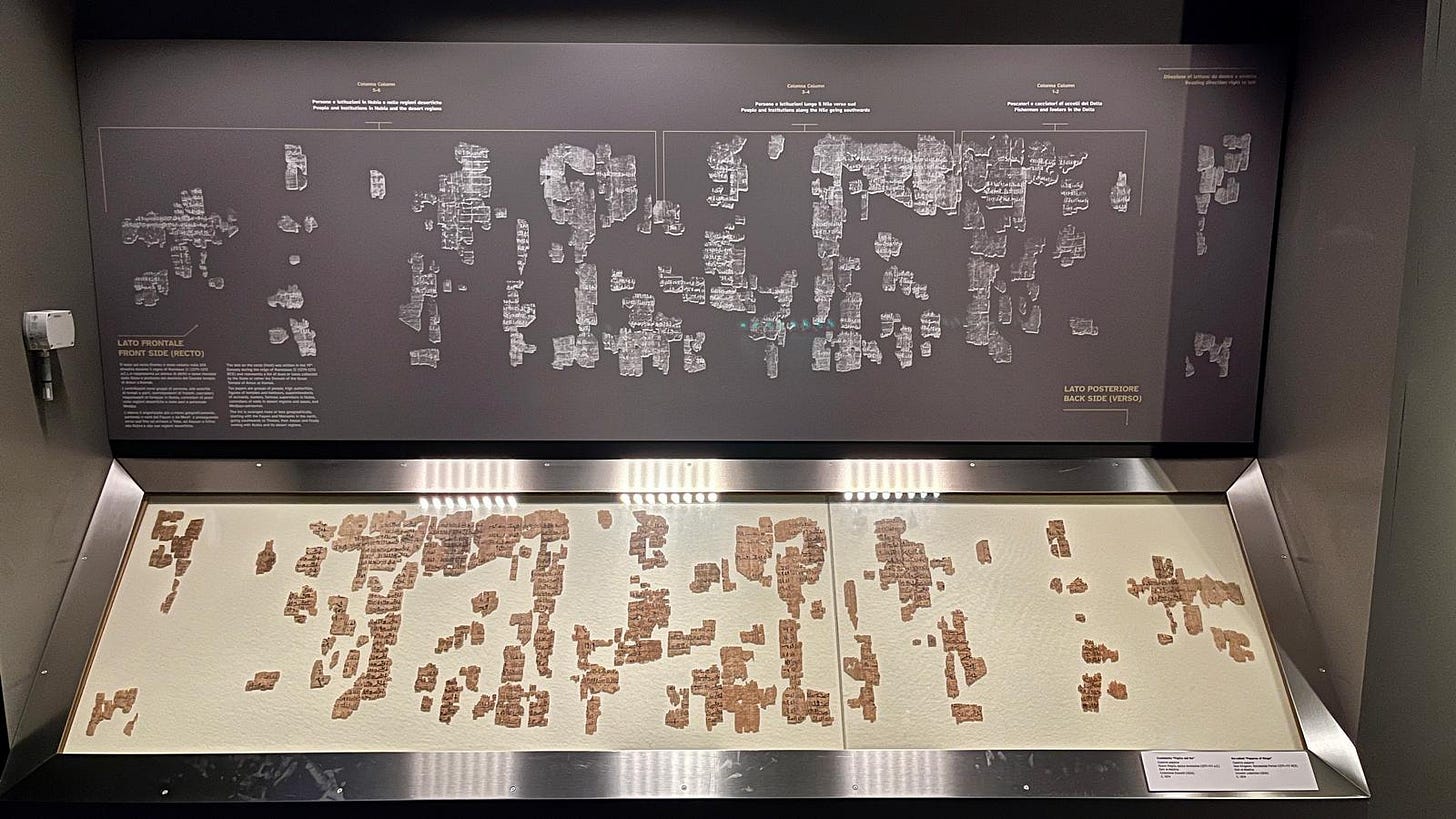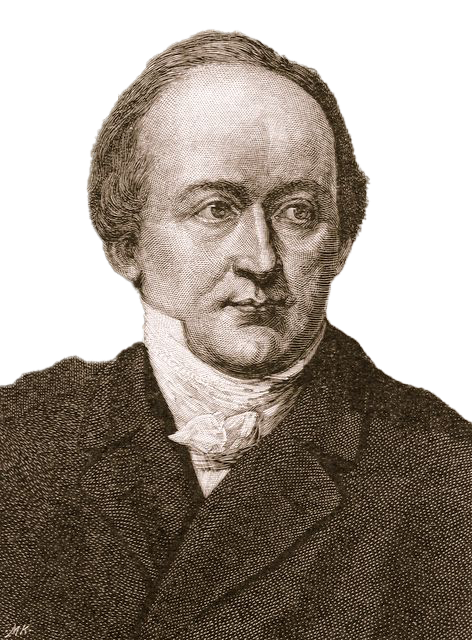Unveiling the Origin: How Egyptian Mythology was Born and Found from Land and Legend Part.1
How did we piece together ancient Egypt’s story from scattered records? Why did people in a seemingly primitive era worship numerous gods and did these deities truly bless the ancient Egyptian people?
In ancient Egypt, mythological stories were woven into the fabric of daily life, where the cycles of creation, destruction, and rebirth unfolded continuously, entwining gods and humans in a cosmic dance. Each individual became the protagonist of their own myth. The gods, embodying the forces of nature, permeated every corner of the created world.
"When the Senate first convened on the Capitolino Hill to determine the policies of the world empire of Rome, Egyptian civilization was already ancient; by the time the Germans and Celts hunted bears and wild oxen in the forests of northern Europe, Egyptian civilization had not only reached great antiquity but had also ceased to exist. After the fall of the last Egyptian dynasty, the 26th Dynasty, another 500 years would pass before the start of our era. The Libyans first ruled this land, followed by the Ethiopians, Assyrians, Persians, Greeks, and Romans, until a star finally shone in the stable of Bethlehem."
———C.W. Ceram. (1949). Gods, Graves, and Scholars.
Why did myths emerge in ancient times, before the dawn of science and rationality?
Myths are not merely collections of stories about heroes and gods; they also provide a way of understanding the world. For the ancient Egyptians, who had no knowledge of particle physics, the common phenomenon of nuclear reactions was portrayed as the sun god Ra sailing his Solar Barque across the sky. This interpretation shaped their unique worldview and life experiences.
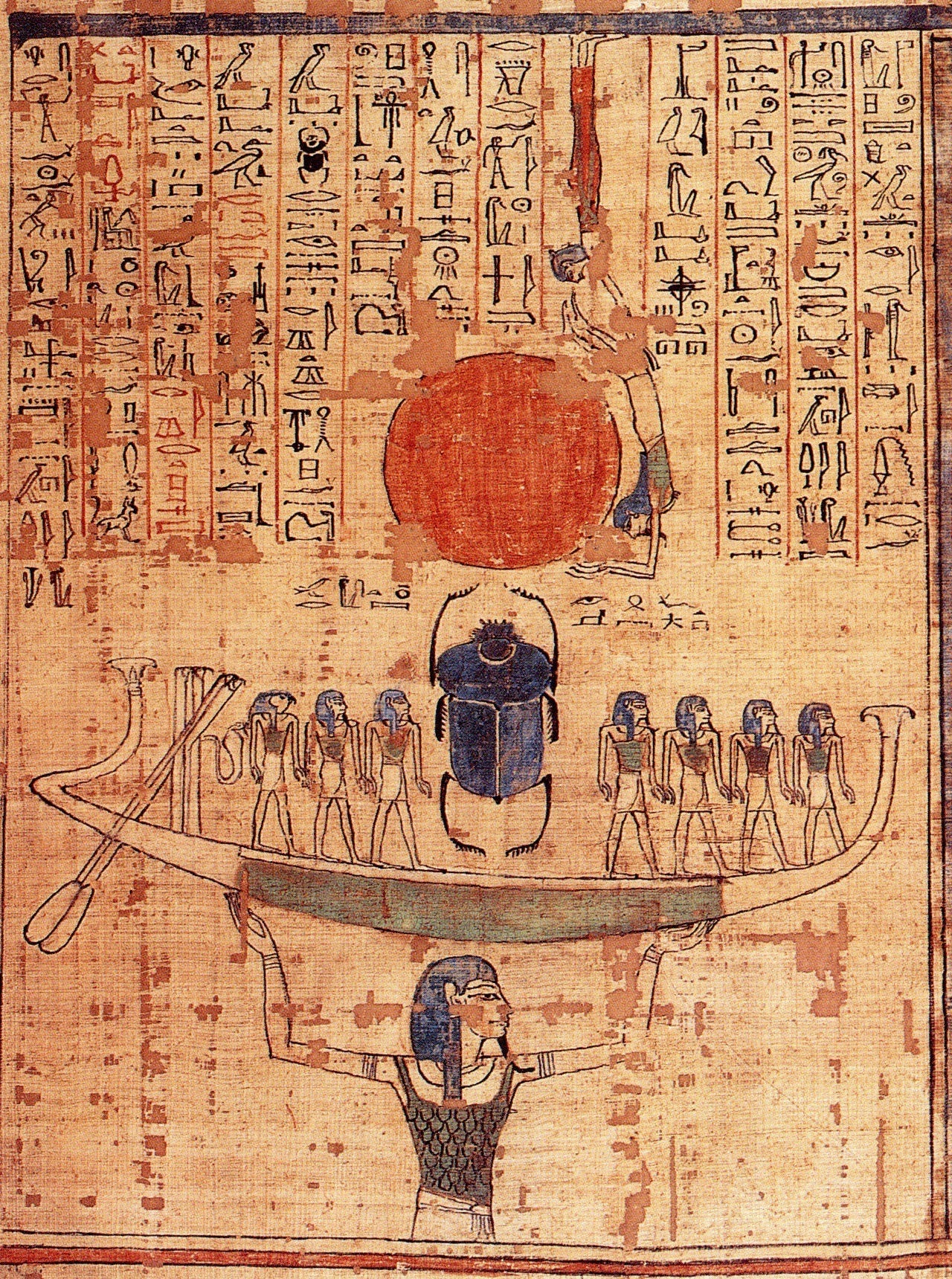
"Myths became the pillars of society, serving as a comprehensive cultural filter against the indifferent reality. Once life became infused with the inner logic of mythological beliefs, myths gained significance—order replaced chaos, control overcame helplessness, and knowledge triumphed over ignorance. In a world of fierce desert storms and deadly scorpions, life seemed a little less terrifying in this case. The precedents set in these mythic tales helped explain both ordinary and extraordinary events in everyday life, linking individuals to the divine realm."
———Garry J. Shaw
It is no coincidence that Jung expressed his views on the existence of myths:
"Myth is a manifestation of the collective unconscious; it provides a spiritual framework for human beings to understand their existence and the meaning of life."
———Jung, C.G. (1969). Psychology and Religion: West and East. Princeton University Press, p. 61.
“Myth is an expression of the archetypes buried deep in the human psyche. These archetypes appear in different cultures and histories in various forms, yet their core meanings are similar.”
———Jung, C.G. (1964). Man and His Symbols. Aldus Books, p. 24.
“What happened before I was born?
What is happening around me now?
What will happen after I die? “
Just like us today, the ancient Egyptians sought answers to these fundamental questions. And, much like us, they formed their own theories based on their observations of the world around them. What we now call “Ancient Egyptian Mythology” was the outcome of their reflections, serving as the foundation for their unique worldview.

As people sought to explain the natural world and the challenges and joys of existence, Egyptian mythology proved flexible enough to weave itself into the fabric of everyday life. The myths, along with the detailed accounts of the gods' actions, provided answers to questions like, “Why is this happening to me?” In this way, mythology offered comfort and reassurance.
How was the current classification system for the periods of ancient Egypt established?
Like other mythological systems, Egyptian mythology is characterized by its ancient origins, which have led to a complex and sparse array of sources. The remnants of this mythology can only be pieced together from fragmented materials drawn from various historical records spanning from 3050 BCE to the 1st century CE. Furthermore, different regions of Egypt held varying versions of the myths, adding to the richness and diversity of the ancient narrative landscape.
There are three major systems are recognized in existence:
Heliopolis System, which is the most well known and influential one with emphasizing the worship to sun god Ra and other gods like Nun, Shu and others, they are called the night gods (Ennead). The story tells how Atum emerged from the primordial waters of Nun and created the heavens, earth, and other gods.
Memphis System, emphasizing the creation god of Ptah whose worship hold a prominent position especially during Old Kindom period. This system emphasizes the creation of the world through thought and speech which validates royal authority.
Hermopolis System, emphasizing the dawn of the universe due to the interactions among the eight ancient gods (Ogdoad). A group of eight deities that appear in male-female pairs, each embodying primordial qualities like darkness, chaos, and obscurity. It highlights the transformation from chaos to order, presenting a symbolic interpretation of cosmic origins.
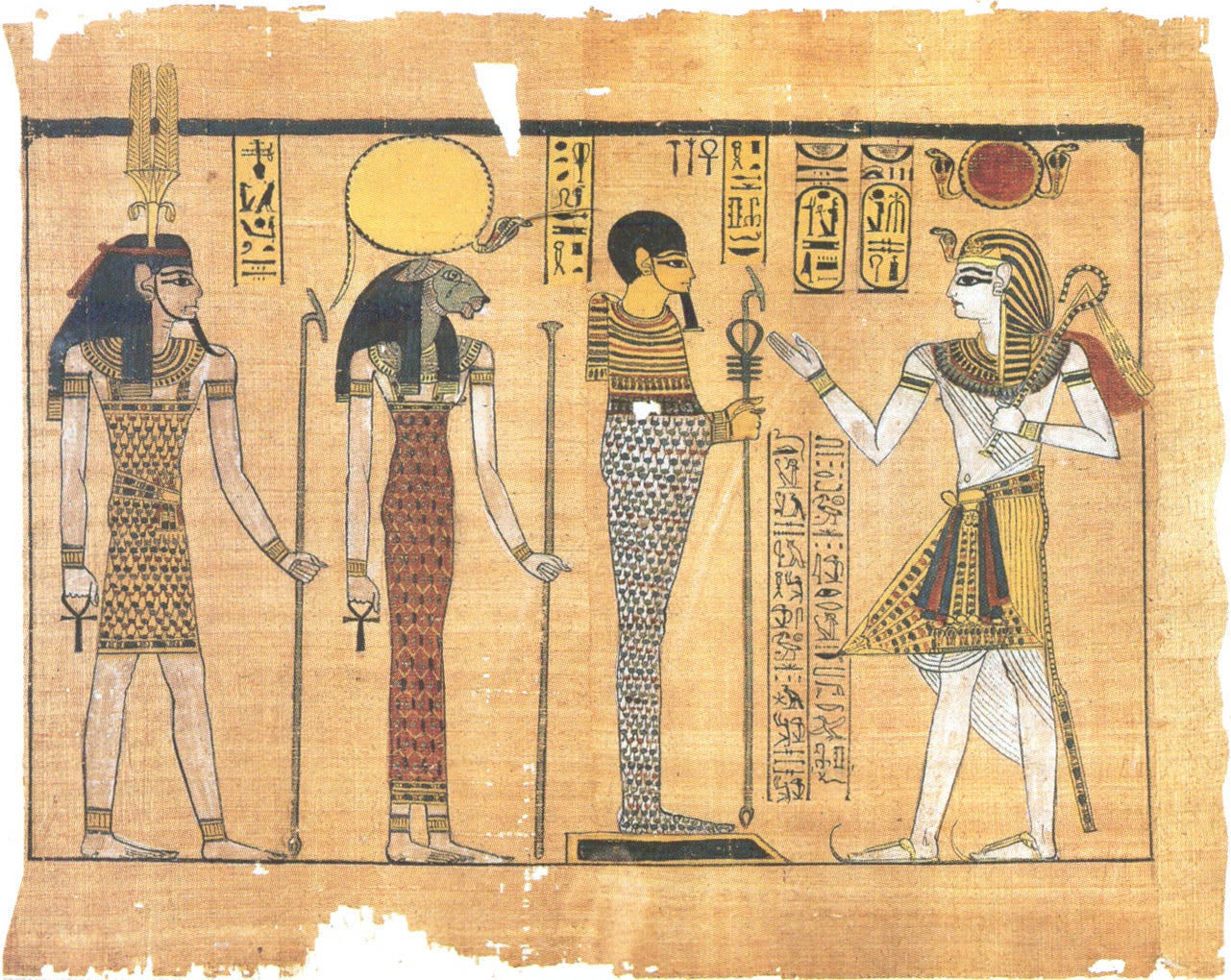
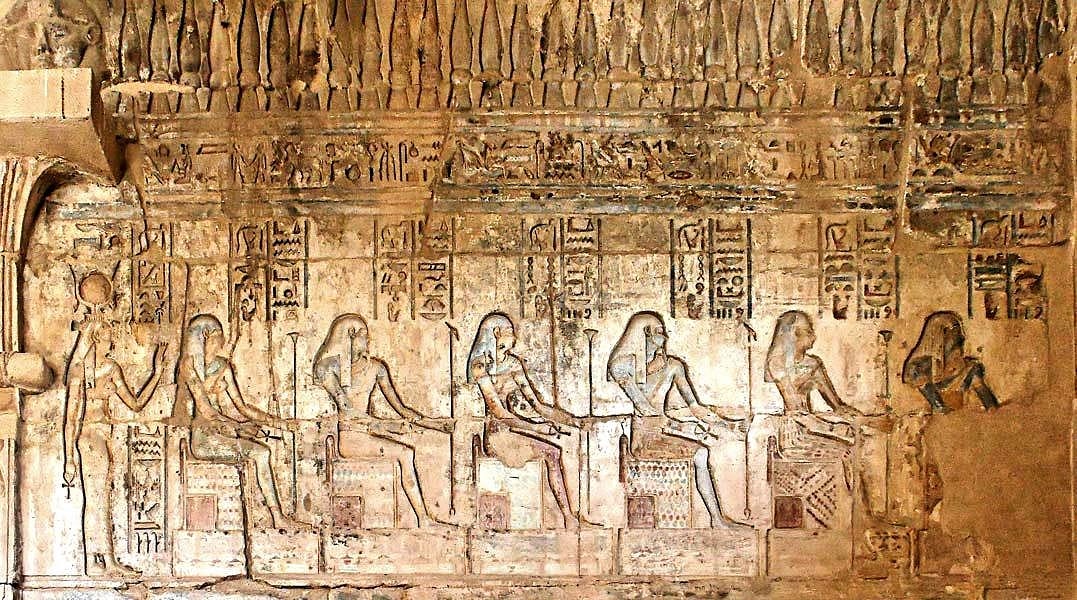
Ancient Times
Ancient Egyptian and Greek scholars tended to use the concept of "dynasty" or the reign of specific kings as a method for recording historical timelines. This dynastic classification method was established by Manetho, an Egyptian priest who lived during the 3rd century BCE in the Ptolemaic Empire. His work, The Aegyptiaca (History of Egypt), remains one of the most significant texts on ancient Egyptian history. Manetho's approach of categorizing periods by rulers was innovative for his time; when he identified discontinuities in a specific era, he would introduce a new dynasty to reflect these changes.
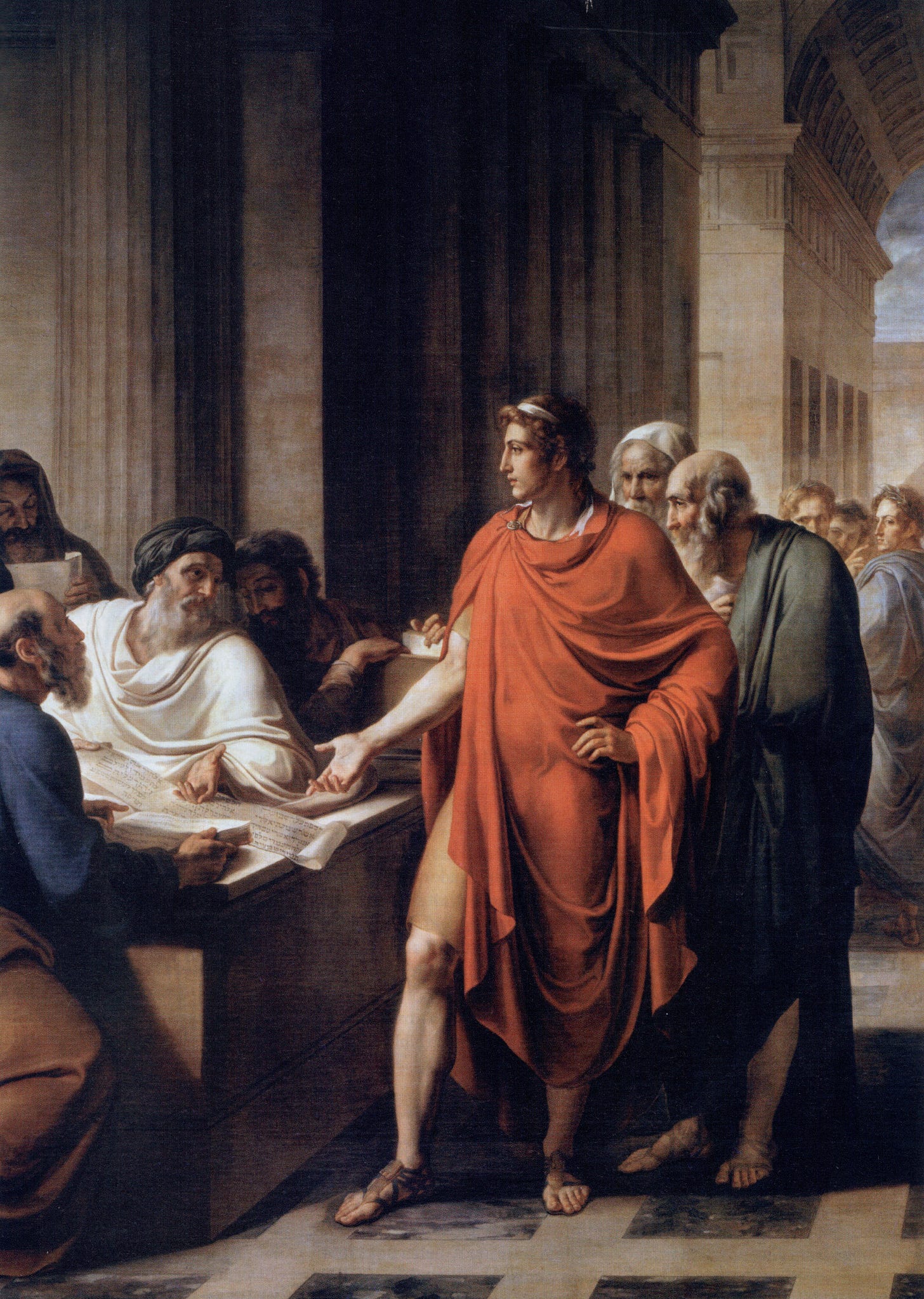
Interestingly, the debate over whether Manetho was a real historical figure has persisted from ancient times to the present. This uncertainty arises partly because the original text of The Aegyptiaca is lost, and discrepancies exist between his recorded reigns of certain kings and actual historical facts. The earliest supporting evidence regarding Manetho’s existence comes from the 1st-century Roman Jewish historian Flavius Josephus, who cited Manetho's work in his writings, particularly in Contra Apionem.
Despite these controversies, Manetho's method of categorizing ancient Egyptian dynasties continues to be utilized today. The historical artifact closest to his recorded accounts is the Turin King List, housed in the Egyptian Museum in Turin, which documents the names of all pharaohs traceable back to Ramses II.
Modern Times
In the 19th and 20th centuries, scholars began to consolidate and summarize different dynasties, resulting in the classification system of “periods” and “kingdoms” that we recognize today. In 1844, Christian Charles Josias von Bunsen published Ägyptens Stelle in der Weltgeschichte (Egypt's Place in Universal History), marking the first academic attempt to reclassify Egyptian history into kingdoms or empires:
Altes Reich (“Old Empire”) From the first pharaoh “Menes” until the beginning of the 13th Dynasty
Mittleres Reich (“Middle Empire”) Hyksos until the 17th Dynasty
Neues Reich (“New Empire”) From 18th Dynasty onward
Here is Bunsen's own explanation of the principles behind his classification in the book:
“In 1834 I discovered in the list of Eratosthenes the key to the restoration of the first 12 Dynasties of Manetho, and was thereby enabled to fix the length of the Old Empire. These two points being settled, the next step obviously was, to fill up the chasm between the Old and New Empires, which is commonly called the Hyksos Period ... I have been fully convinced ever since my first restoration (in 1834) of the three Egyptian Empires, the middle one of which embraces the time of the Hyksos, that the 12th Dynasty of Manetho was the last complete one of the Old Empire, and that the throne of the Memphitic Pharaohs, according to the connection which that restoration enabled me to establish between Manetho and Eratosthenes, passed with the 4th King of the 13th Dynasty over to the Shepherd-Kings.”
———Christian Charles Josias von Bunsen. (1844). Egypt's place in universal history: an historical investigation in five books, page xiii and 42
Subsequently, Bunsen's students continued to propose various classification methods. The introduction of the term "Intermediate Period" filled the gaps between two discontinuous dynasties, providing a more comprehensive understanding of ancient Egyptian history.
Nowadays
Today, through further research of historical sources combined with advancements in archaeology, the academics recognizes a total of 35 distinct dynasties: 31 prior to the Hellenistic period, marked by the end of the 31st dynasty with Alexander the Great's conquest of Egypt, followed by four additional dynasties from the Hellenistic period through Roman rule, and finally to the Byzantine era in Egypt. The classification of ancient Egyptian periods is now based on the following criteria:
Unified under a single ruler: This includes the Early Dynastic Period (or Archaic Period), Old Kingdom, Middle Kingdom, New Kingdom, and the Late Period (also referred to as the Post-Egyptian Period).
Divided royal power: This is characterized by the First Intermediate Period, Second Intermediate Period, and Third Intermediate Period.
Following the “Pharaonic Era” mentioned above, there are the Hellenistic Ptolemaic Egypt, Roman Egypt under the Roman Empire, and Byzantine Egypt during the Byzantine Empire.
Before the Early Dynasty, it was the time described as Prehistoric Egypt when we already known that Lower Egypt and Upper Egypt existing simultaneously and it was the last moment of this period.
Here’s the nowadays classification of Ancient Egyptian time period:
Thank you all for reading my work! If you're interested in my other projects, feel free to visit my Linktree—just click HERE, and you'll discover even more exciting content.
At the meantime, you could also consider to support me on Buy Me a Coffee or Ko-fi. The links can be found on my Linktree page. Your support will inspire me to create even more exciting content to share with you!
Take care, and see you next time!





